1. Microcontroller Core
• 8 – bit Architecture: The MB96F696RBPMC – GSE1 is an 8 – bit microcontroller. Its 8 – bit core is designed to execute a wide range of instructions efficiently. This architecture enables it to handle basic arithmetic, logical, and data – transfer operations typical in embedded systems. For example, it can perform 8 – bit addition, subtraction, AND, OR, and XOR operations, which are fundamental for tasks like sensor data processing and control logic implementation.
• Instruction Set: It comes with a rich instruction set that includes conditional and unconditional jump instructions. These instructions allow for the implementation of complex decision – making processes and loops within the program. For instance, conditional jumps based on the result of a comparison operation can be used to control the flow of a program, enabling different actions depending on the state of input sensors.
2. Memory
• Flash Program Memory: The chip is equipped with Flash program memory. This non – volatile memory stores the user – written code that defines the functionality of the microcontroller. The Flash memory allows for easy reprogramming, which is convenient during the development phase and also for field – upgrades. It enables the microcontroller to retain its program even when the power is turned off.
• Data Memory (RAM): There is also on – chip Random – Access Memory (RAM). The RAM is used for storing temporary data during program execution. Variables, stack data, and intermediate results of calculations are stored in the RAM. This provides the microcontroller with the ability to quickly access and modify data, which is crucial for real – time operations.
3. Input/Output (I/O)
• General – Purpose I/O Ports: Multiple general – purpose I/O ports are available. These ports can be configured as either input or output pins. As input pins, they can sense external signals such as the state of a push – button, a sensor’s output voltage level, or a digital signal from another device. When configured as output pins, they can drive external components like LEDs, relays, or small – signal transistors.
• Analog – to – Digital Converter (ADC): The microcontroller often includes an ADC. This feature allows it to convert analog input signals into digital values. For example, it can measure analog voltage signals from sensors such as temperature sensors, light – dependent resistors, or pressure sensors. The ADC provides a way to interface the microcontroller with the analog world, enabling it to process and react to real – world analog quantities.
4. Timers/Counters
• Timer Modules: There are timer modules on the chip. These timers can be used for various purposes, such as generating time – based events, measuring time intervals, or creating periodic interrupts. For instance, a timer can be set to generate an interrupt at a specific time interval, which can be used to perform tasks like sampling sensor data at regular intervals or updating a display.
• Counter Function: In addition to timer functionality, these modules can also operate as counters. They can count external events, such as the number of pulses from a rotary encoder or the occurrences of a specific signal edge. This counter feature is useful in applications where the microcontroller needs to keep track of the number of events happening in the external environment.
5. Communication Interfaces
• Serial Communication Interfaces: It may include serial communication interfaces like Universal Asynchronous Receiver – Transmitter (UART). UART allows the microcontroller to communicate with other devices in a serial manner, such as sending and receiving data from a computer, a Bluetooth module, or another microcontroller. This enables the exchange of information over relatively long distances using a simple two – wire (TX and RX) communication link.
• Inter – Integrated Circuit (I²C) Interface: An I²C interface might be present. The I²C interface is a multi – master, multi – slave, serial communication bus. It is used to connect the microcontroller to other I²C – compatible devices, such as EEPROM memory chips, temperature sensors, or accelerometers. It simplifies the connection and communication between multiple devices on a single bus.
6. Power Management
• Low – Power Modes: The MB96F696RBPMC – GSE1 likely supports low – power modes. These modes can be activated to reduce the power consumption of the microcontroller when it is not performing intensive tasks. For example, in standby or sleep modes, the microcontroller can significantly reduce its power consumption while still being able to wake up quickly in response to an external event, such as an interrupt from a sensor. This is beneficial for battery – powered applications where power conservation is crucial.


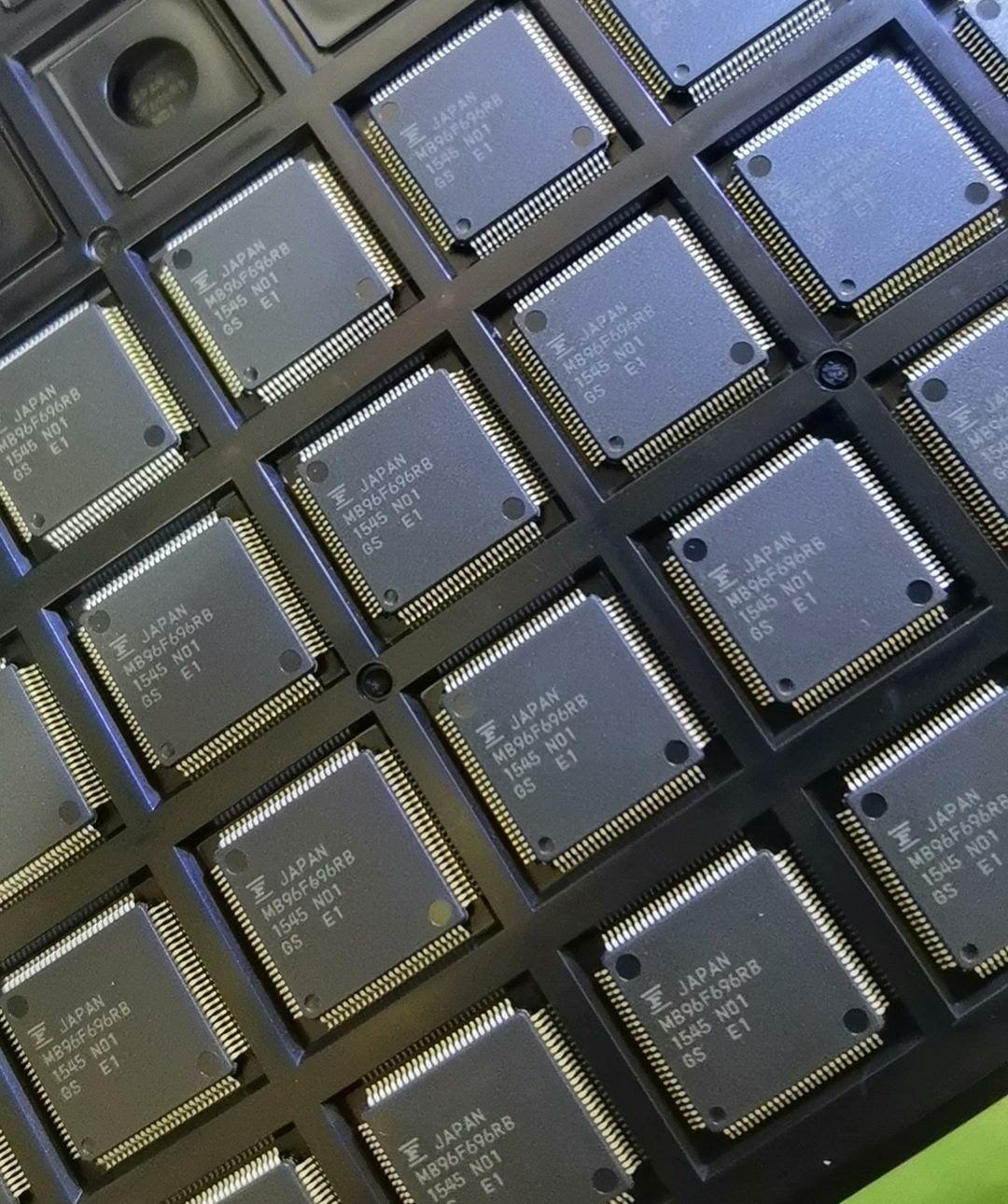
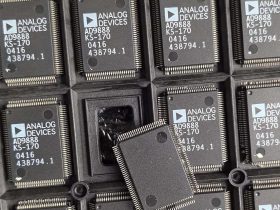

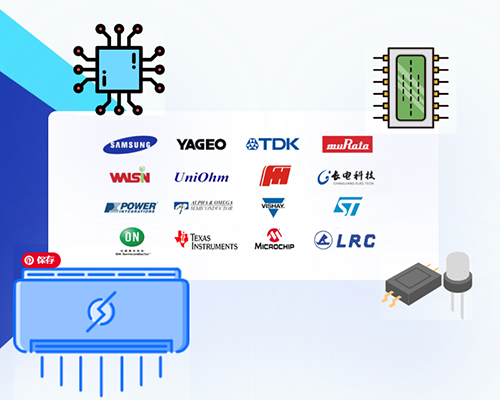

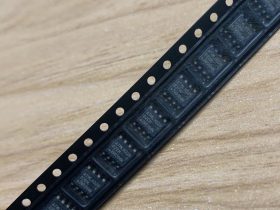
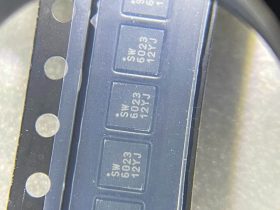
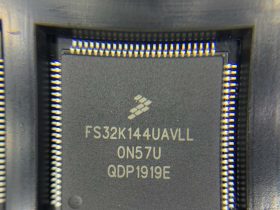
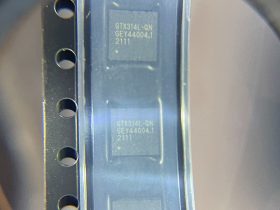
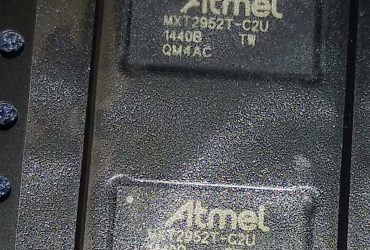
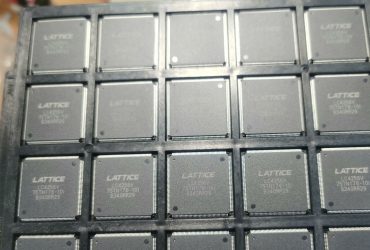
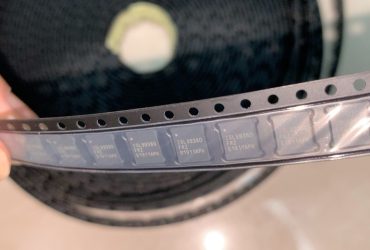
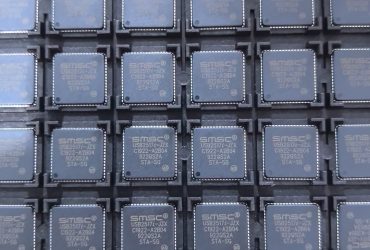
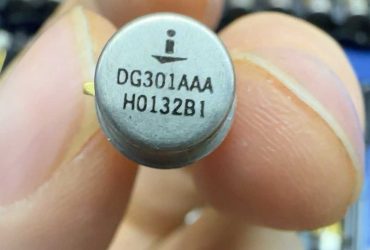
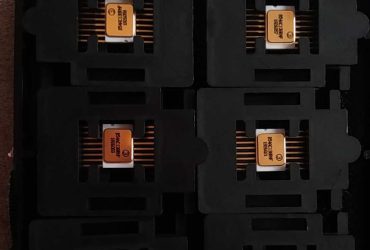
Leave a Reply